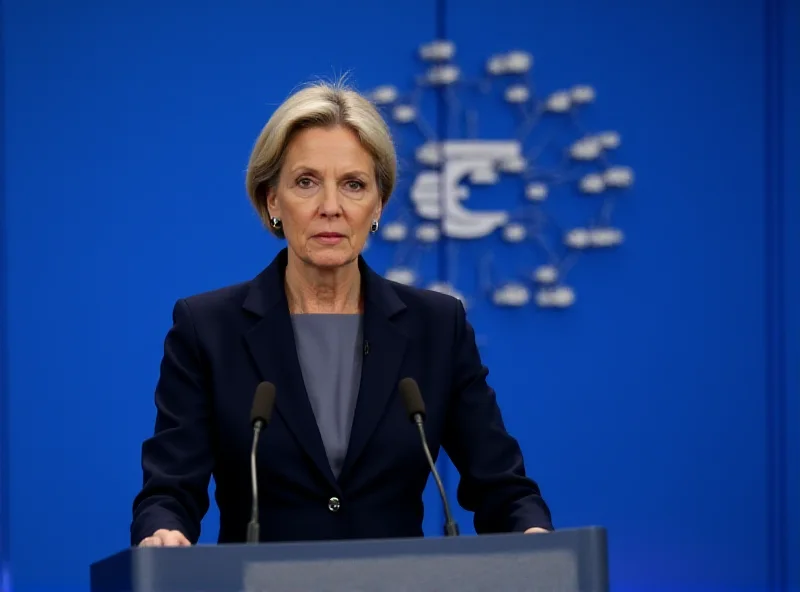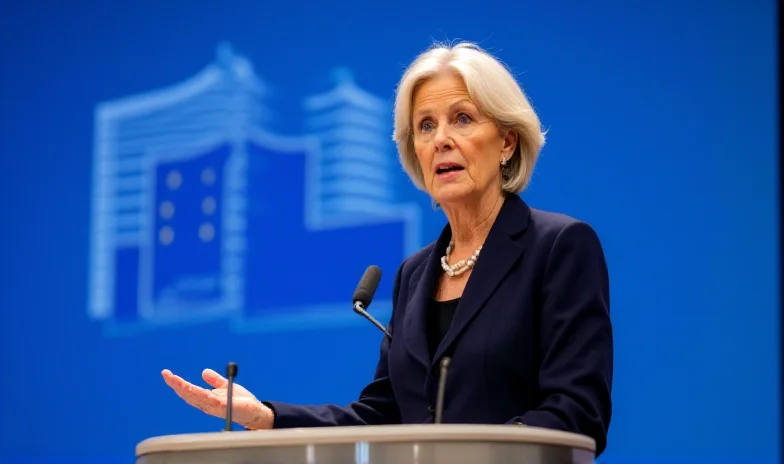The European Central Bank (ECB) has once again lowered interest rates, marking the sixth cut since the summer of 2024. The benchmark deposit rate now sits at 2.5%, a move designed to stimulate economic activity within the Eurozone. However, the decision comes at a time of considerable uncertainty, fueled by concerns over a potential trade war with the United States and a revised inflation outlook.

Aimed at Boosting a Weak Economy
The rate cut is primarily intended to provide a boost to the struggling EU economy. ECB President Christine Lagarde and the Governing Council hope that lower borrowing costs will encourage investment and consumer spending. "This measure is aimed at stimulating the weak EU economy," sources within the ECB have stated. But will it be enough?
Despite the rate cut, there remains a sense of unease about the future. The ECB's own inflation forecast for 2025 has been revised upwards, suggesting that the disinflation process may not be as smooth as initially hoped. This complicates the decision-making process and leaves market participants wondering whether further rate cuts are likely.
Trump's Trade War Looms
Adding to the uncertainty is the looming threat of tariffs imposed by former U.S. President Donald Trump. Europe fears that Trump will soon impose tariffs on EU exports to the US, similar to actions taken against Canada and Mexico. These potential tariffs, possibly as high as 25%, could significantly damage European businesses and further weaken the economy.

The ECB's decision to cut rates can be seen as a preemptive measure to cushion the blow from any potential trade war. By lowering borrowing costs, the ECB hopes to make it easier for businesses to weather the storm. However, some analysts believe that monetary policy alone may not be enough to offset the negative impact of tariffs. "Fiscal policy will also need to play a role," one economist noted.
Uncertainty Ahead
While the ECB's Governing Council is satisfied with a noticeable slowdown in price increases, the upward revision of the 2025 inflation forecast highlights the challenges that lie ahead. The path of monetary policy is no longer clear, and the ECB will need to carefully monitor economic developments in the coming months to determine its next move.

The combination of a weak EU economy, the threat of a trade war, and an uncertain inflation outlook creates a challenging environment for the ECB. The latest rate cut is a step in the right direction, but it remains to be seen whether it will be enough to achieve the ECB's goals. Market participants will be closely watching the ECB's next moves, as well as developments on the trade front, for clues about the future direction of the European economy.
"The disinflation process is on track," the ECB stated in a recent press release, "but vigilance is still required."
The future remains uncertain, but the ECB's commitment to supporting the EU economy is clear. Only time will tell if its actions will be enough to navigate the challenges ahead.
